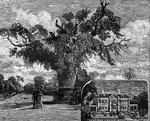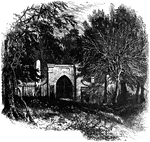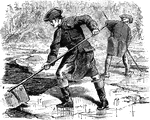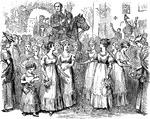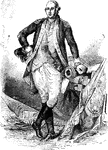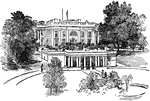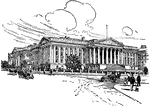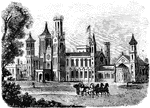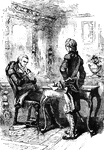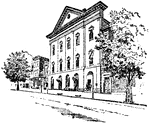Burning of the White House
"Burning of the White House- the Federal troops, by command of General McClellan, abandoning their position…

Washington's Bier
"The bier which Washington was carried to the tomb at Mount Vernon."—Lossing, 1851
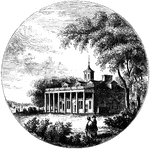
Mount Vernon
"Mount Vernon. This view is from the lawn in front, looking down the Potomac. The mansion is built of…

Bastile Key
"Key of the Bastile. This key of the old Paris prison known as the Bastile, was sent by La Fayette to…

Sarcophagus of Washington
"The sarcophagus of Washington. This was placed in the family vault in the autumn of 1837."—Lossing,…
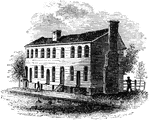
Old City Tavern
"Old City Tavern. This is a frame building, and stands on the northwest corner of Main and Nineteenth…

Apollo Room
"The Apollo Room. The room used for public meetings is in the rear building of the old Raleigh tavern…
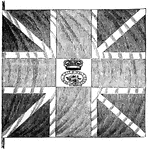
British Flag
"British flag. This is a representation of one of the flags surrendered at Yorktown, and presented to…

Guilford Battle-ground
"View of the battle-ground. This view is from the eminence southwest of the site of old Guilford Court…

Washington Medal Front
"Silver medal awarded to Washington. The following are the device and inscriptions on the front: An…
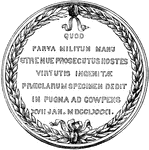
Washington Medal Back
"Silver medal awarded to Washington. The following are the device and inscriptions on the back: Quod…
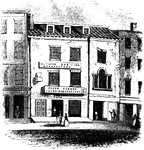
Washington's Head-Quarters
"Washington's head-quarters. I was informed by the venerable Anna van Antwerp, about a fortnight before…
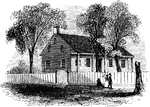
Washington's Head-Quarters
"Washington's head-quarters. The house occupied by Washington while the army was at White Plains is…
Flag Staff
"Flag-staff, Fort Washington. This flag-staff, indicating the center of the fort, is a prominent object…
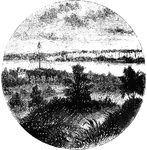
Fort Washington
"View at Fort Washington. This is a view from the site of the interior works at Fort Washington from…

Washington's Quarters
"Washington's Quarters. This is a view of the southwest front of the mansion. The room occupied by Washington…
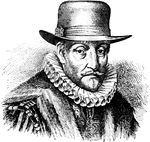
William the Silent
"William, Prince of Orange, called 'William the Silent,' was the natural leader of the Netherlands at…
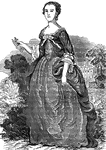
Martha Washington
Martha Danridge was born in the county of New Kent, Virginia, in May, 1732. Martha was a widow of Park…
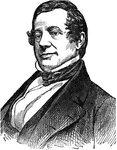
Washington Irving
"This distinguished American author was born in the city of New York, April 3, 1783." —The Popular…

John Logan
Soldier and statesman, born in Jackson county, Illinois, Feb. 9, 1826; died in Washington, D. C., Dec.…
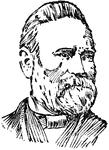
Stanley Matthews
A Statesman and jurist, born in Cincinnati, Ohio, July 21, 1824; died in Washington, D. C., March 22,…
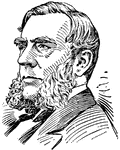
Edwin Morgan
A statesman born in Washington, Mass., Feb. 8, 1811; died in New York city, Feb. 14, 1883.

Mound Builders
Mount Builders, the name applied to a prehistoric race of North America, of which remarkable remains…
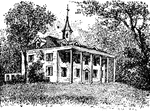
Mount Vernon
Mount Vernon, the home and burial place of George Washington, situated in Fairfax county, Virginia,…
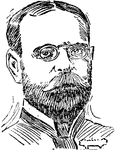
John Sousa
Musical leader and composer, born in Washington, D. C., in 1854. He developed remarkable talent for…

Francis Stockton
A novelist, born in Philadelphia, Penn., April 5, 1834; died in Washington, D. C., April 20, 1902.
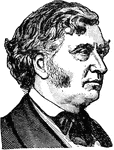
Charles Sumner
Jurist and statesman, born in Boston, Mass., Jan. 6, 1811; died in Washington, D. C., March 11, 1874.
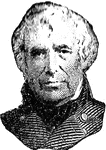
Zachary Taylor
The twelfth president of the United States, born in Orange county, Virginia, Nov. 24, 1784; died in…
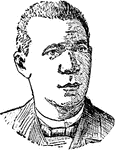
Booker T. Washington
An African American educator and author. He was born into slavery at the community of Hale's Ford in…
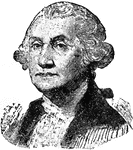
George Washington
The first president of the United States, born in Westmoreland county, Virginia, Feb. 22, 1732; died…

Washington Taking Command
This illustration shows George Washington taking command of his troups during the American Revolution.
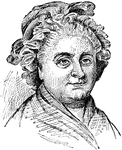
Martha Washington
The first First Lady of the United States of America. She was married to George Washington.

Washington Coat of Arms
The Washington family coat of arms. It is possible that this design had an influence on the creation…





